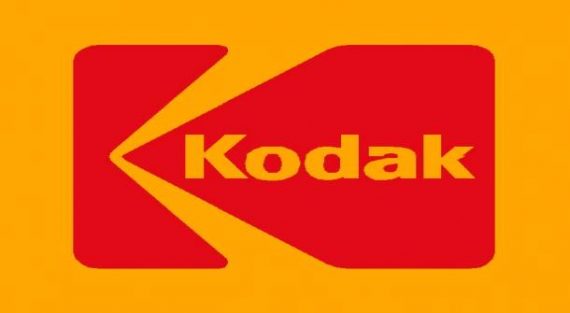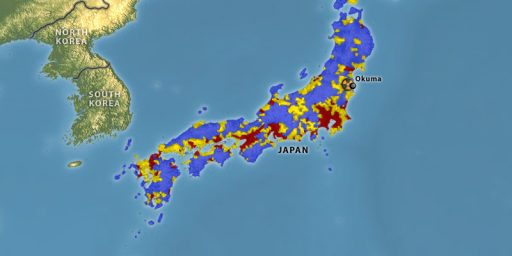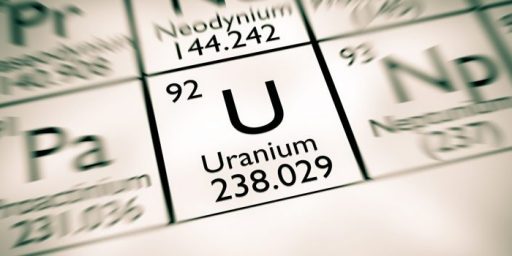Kodak: Cameras, Film, And……Nuclear Reactors?
Kodak’s latest Chapter 11 Bankruptcy filings reveal that the company had some odd things going on at its Rochester, New York headquarters:
For more than 30 years, Kodak Park was home to a little-known underground labyrinth containing a small nuclear research reactor, one of the few of its kind in the world.
It wasn’t a power plant, and carried no risk of explosion. Nothing ever leaked. Eastman Kodak Co. officials say the research device was perfectly safe.
Still, the reactor was locked down, remotely surveilled and tightly regulated — mainly because it contained 3½ pounds of highly enriched uranium.
That’s the material that nuclear bombs are made of. Terrorists covet it.
When Kodak decided six years ago to close down the device, still more scrutiny followed. Federal regulators made them submit detailed plans for removing the substance. When the highly enriched uranium was packaged into protective containers and spirited away in November 2007, armed guards were surely on hand.
All of this — construction of a bunker with two-foot-thick concrete walls, decades of research and esoteric quality control work with a neutron beam, the safeguarding and ultimate removal of one of the more feared substances on earth — was done pretty much without anyone in the Rochester community having a clue.
Why, you might ask, did Kodak have a nuclear reactor? Well, fortunately, it doesn’t appear to have anything to do with nefarious plans for world domination:
Starting decades ago, Kodak had an interest in neutrons, subatomic particles that can be used to determine the makeup of a given material or to create an image of it without damaging it.
A steady stream of neutrons is needed for these purposes. Kodak used small research reactors, including one at Cornell University, and possessed a dollop of californium-252, a radioactive isotope that endlessly sheds neutrons.
But it wanted a more potent in-house system, so in 1974 it acquired a californium neutron flux multiplier, known as a CFX. Small plates of highly enriched uranium multiplied the neutron flow from a tiny californium core.
Kodak used it to check chemicals and other materials for impurities, Filo said. It also was used for tests related to neutron radiography, an imaging technique.
Sure, that’s the official story, the one they want you to believe, right?
H/T: Instapundit






Flim?
That is interesting.
As is the lack of caffeine this morning
Now I get why Iran tried to buy Kodak back in 1995. And was denied.
Lack of caffeine is rarely interesting.
And NIH has a reactor within the bounds of the DC Beltway!
John,
True but that’s the government. We can trust them. right? Oh who am I kidding?
@Doug Mataconis:
I don’t know about you, but I’m getting lead photo books for my Kodachrome prints.
I don’t see what the big deal is. There are dozens of research reactors in US Universities. Additionally in the DC area there are research reactors at the Armed Forces Radiobiology Research Institute (Bethesda), National Institute of Standards and Technology (Gaithersburg), and U of Maryland (College Park). Dow Chemical and GE also have research reactors.
@John Burgess:
NIH does not have a reactor. It is across Wisconsin avenue at AFRRI.